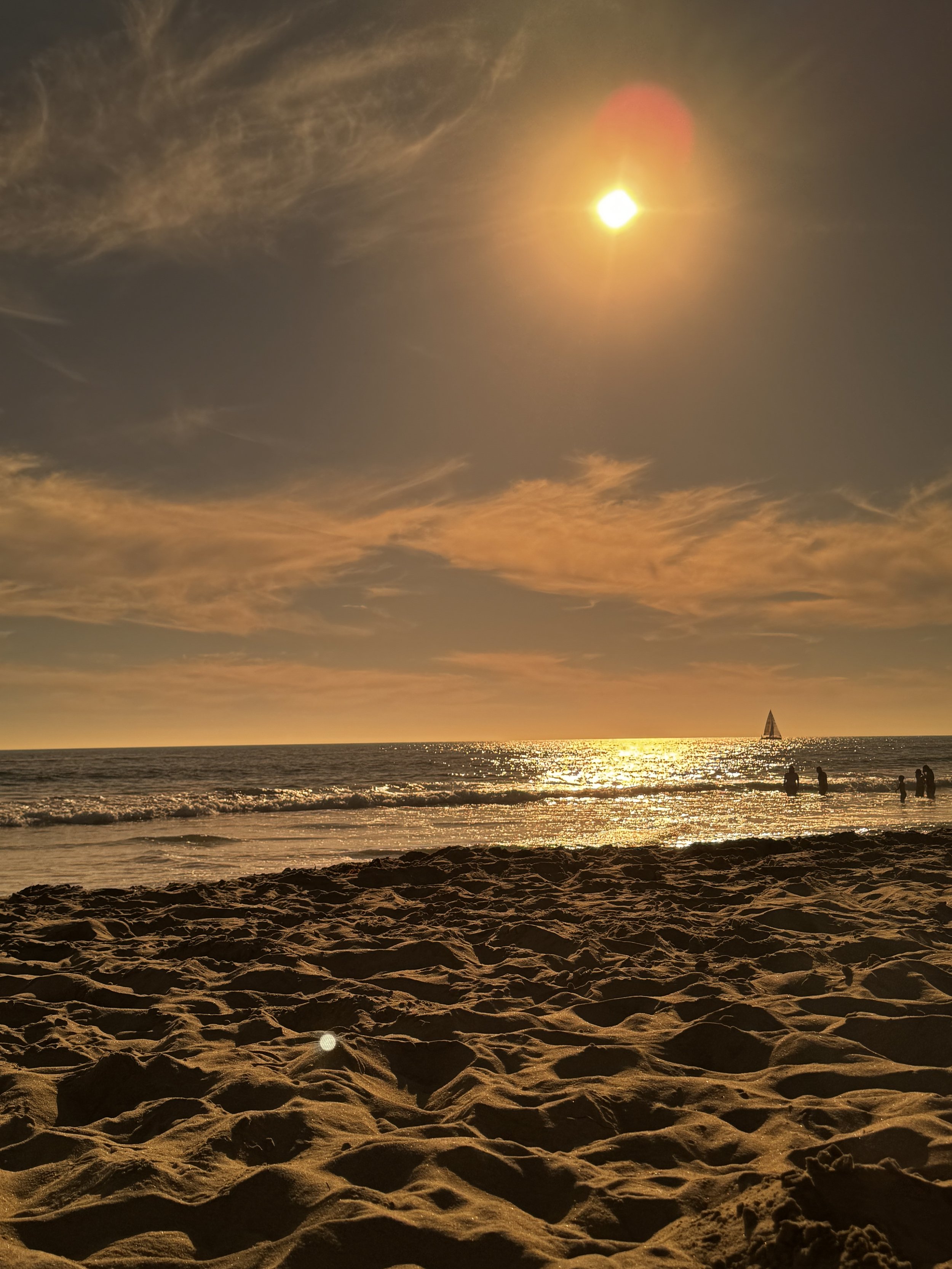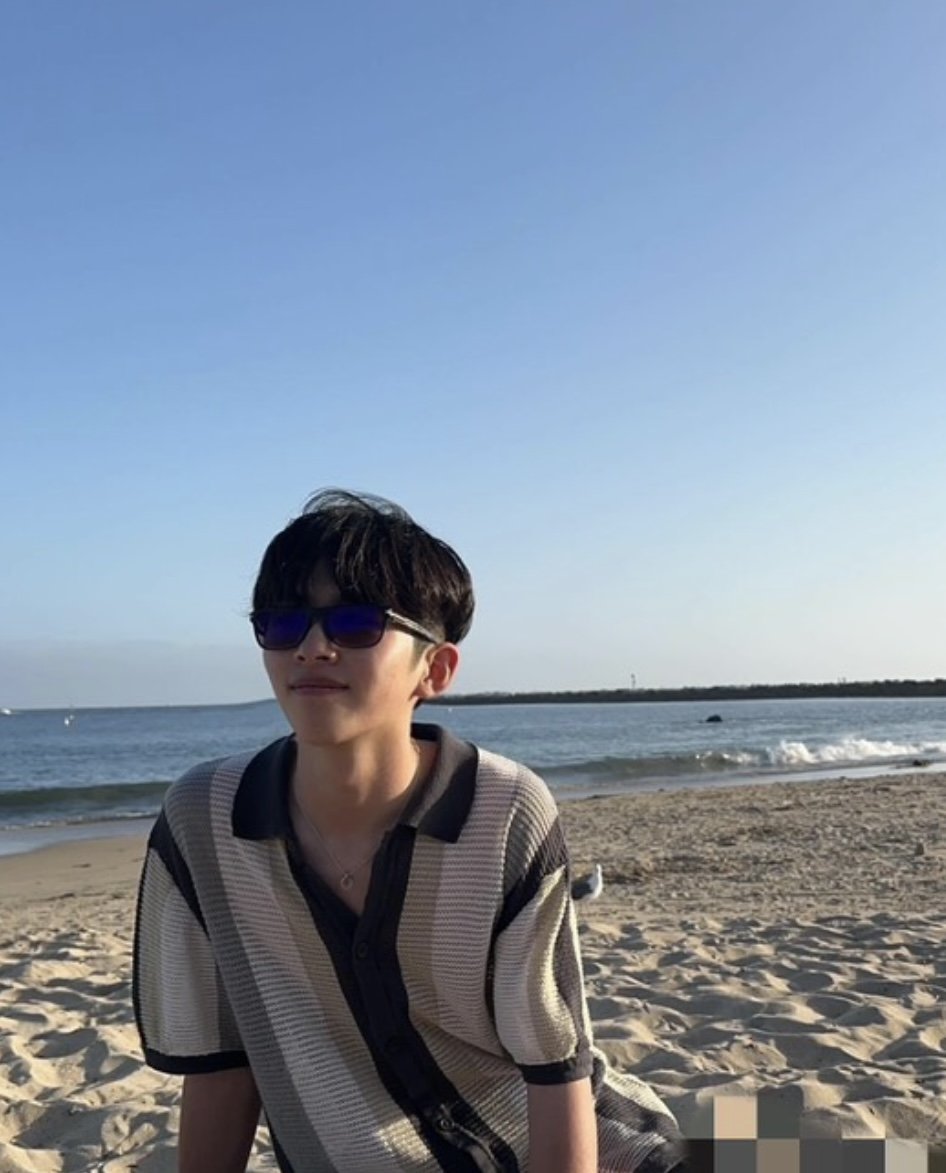
My Story
I’m Jackie Zha
And this is how I went from not knowing about sustainability to advocating for it…
A few years ago, one of the leading clothing brands that I would buy from was H&M. I would always go into the store to look for any new hoodies or jeans whenever I was in the mall, and I rarely thought twice of any purchases I made. That was until
I saw a TikTok about fast fashion talking about H&M and their mass production, quick rotation of clothes, and lack of transparency.
Further research revealed the extent of fast fashion and how much it affected the planet. In the grand scheme of things,
according to the United Nations (UN), fast fashion contributes to approximately 10% of global emissions which is greater than the emission of both aviation and shipping combined.
What is even worse is that fast fashion uses an extreme amount of natural resources:
One pair of jeans uses 2,000 gallons of water
Synthetic materials (polyester) use around 342 million tonnes of oil a year
Clothing production uses around 43 million tons of chemicals a year
In turn, these clothes release thousands of microplastics and chemicals when washed which then spreads into water sources, ecosystems, and the food chains. According to a report in 2017 by the
International Union for the Conservation of Nature (IUCN),35% of microplastics in the ocean is because of fashion. As a result, we consume these harmful materials through food and water, which can affect our digestion, respiratory system, etc.



